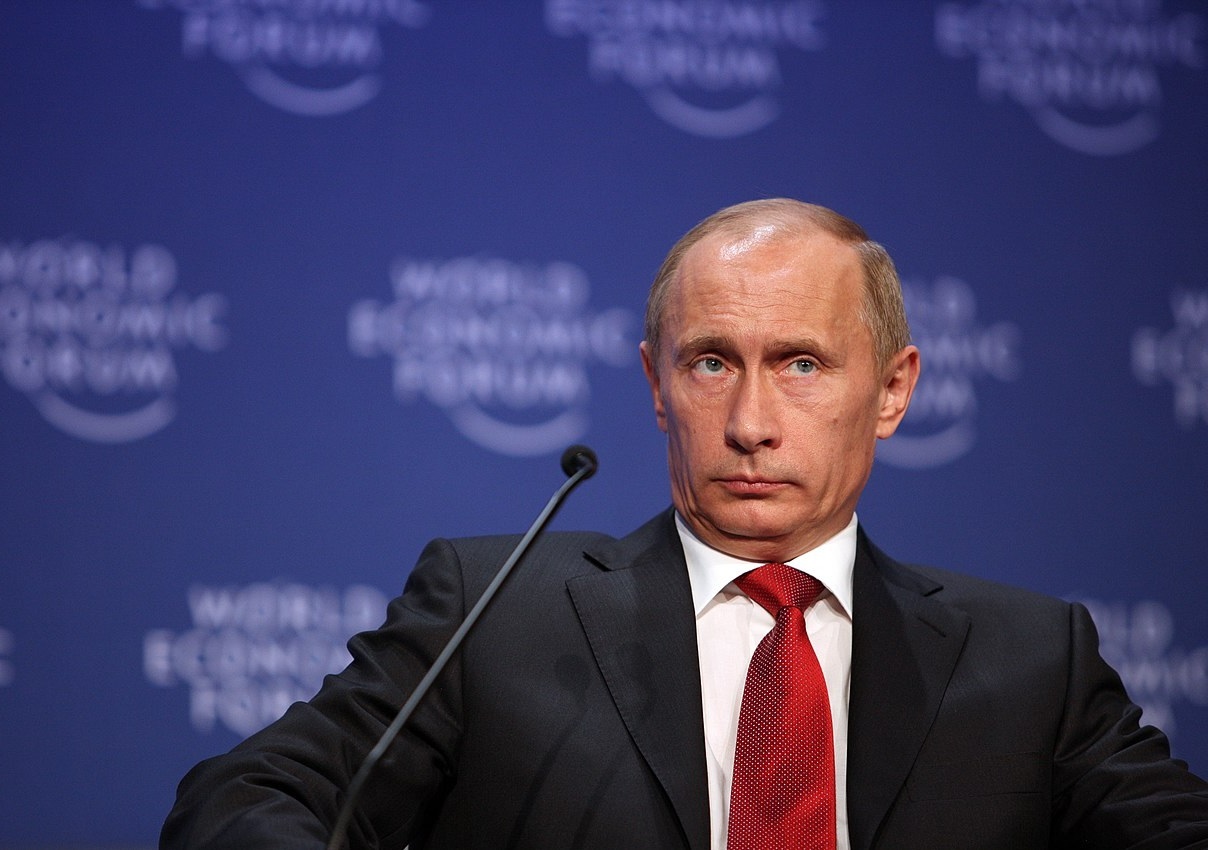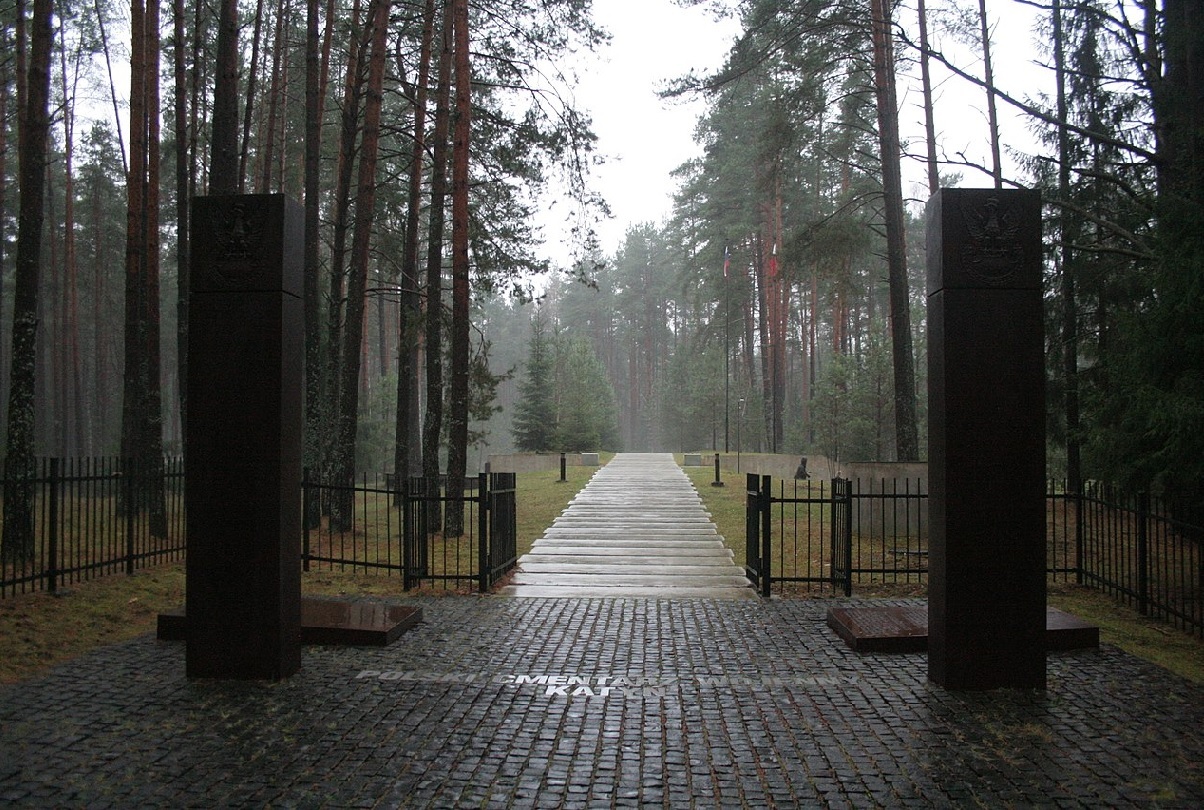
With a massive Russian force encircling Ukraine, how should we interpret Putin’s intentions? One key thing to remember is the Russian president’s years as a KGB operative, writes Tom Scott.
An adjective that often crops up in discussion of Vladimir Putin is ‘inscrutable’. It’s not just because of the Russian president’s typically stony-faced demeanour and the rarity of the smiles – mostly sarcastic – that cross his face. It also harks back to a long history of Western bafflement with Russia as a cultural and political entity; one that shares some features of Western societies while being strikingly different in others.
The most famous expression of this bafflement is Winston Churchill’s memorable description of the country as “a riddle, wrapped in a mystery, inside an enigma”. Churchill was speaking on 1 October 1939, a month after Germany and Russia had invaded Poland and divided the country between them on the basis of the infamous Molotov-Ribbentrop Pact.
As Churchill spoke, Stalin’s NKVD (predecessor of the KGB) was engaged in rounding up Polish army officers and intellectuals, some 22,000 of whom it went on to massacre in the Katyn Forest, near Smolensk in western Russia. After the war, the discovery of mass graves in the forest led the Soviet authorities to erect a black marble memorial, inscribed with an insulting lie: “To the victims of Fascism – the Polish officers shot by the Hitlerites.”
That the massacre had been carried out on Stalin’s orders was finally acknowledged by Soviet President Mikhail Gorbachev in 1990, and a larger memorial at the site was officially opened by the Russian government in July 2000 – the first such memorial in Russia to commemorate the victims of Stalin’s terror.
In 2021, however, reflecting the rehabilitation of Stalin as a national hero in Putin’s Russia, the Russian Ministry of Culture changed the text about the memorial on its Register of Sites of Cultural Heritage to repeat the old lie: “Polish officers were shot by the Hitlerites in 1941.”

How does this particular piece of historical gaslighting relate to the Ukraine crisis and the challenge of reading Vladimir Putin’s intentions? I believe it is highly relevant.
As a young man, Putin spent his formative years as a KGB officer. As such, he was trained in the arts of deception, intimidation and blackmail. He may well also have been trained in the arts of torture – this was a standard part of the KGB toolkit and continues to be used on a regular basis by the FSB, the KGB’s successor and a key instrument of Putin’s power.
Torture and intimidation as used by the KGB/FSB – and indeed by all such agencies of authoritarian states – are not simply the means to extract information. They are designed to induce a sense of total powerlessness and to secure complete compliance on the part of the “subject” and the wider population – the feeling that one’s captor is in complete control and that resistance will only lead to more suffering.
One detailed account of how this works was given recently by the Russian left-wing activist Viktor Filinkov, who was tortured by the FSB at length in order to extract a confession to the accusation that he was planning terrorism (he was later sentenced to seven years in jail on the strength of this false confession).
After being beaten and subjected at length to severe electric shocks in an FSB van kitted out for torture, Filinkov was taken back to an FSB branch office and told by an officer: “You now sign this or you will spend 24 hours driving with the same people […] You should understand: FSB officers always get their way!”
As Filinkov wrote:
“They motivated me in the same old way: a choice of a detention centre with tuberculosis-infected inmates was in their hands. Also during the day they repeated the threats of a drive in ‘a car with the specialists’ if I didn’t comply. Realising that this meant several more days without sleeping, in a car with criminals who could do shifts, without giving me any breaks, I complied.”
Filinkov also described the way the FSB gaslighted him when he insisted to one of his interrogators that he had only made the confession under extreme duress:
“There was almost no conversation about torture in the FSB building. My attempts to say that torture is inhumane, that I signed those papers because I didn’t have any choice, as I didn’t want to be tortured again, were quickly stopped. ‘Were you tortured? You were accidentally hit in the car! Understood?’ […] When I realised that they were all in this together, I became afraid of talking more about the violence during the night. I was totally broken.”
It is, of course, more than possible that Putin will invade Ukraine. But this would be an extremely high-risk venture for him, not just in terms of the ensuing economic sanctions and the risk of a war snowballing into a more general European conflict, but also domestically.
There is little doubt that Putin’s heavily-armoured divisions and almost uncontested domination of Ukrainian airspace would enable his forces to rapidly sweep across the country to Kyiv. But once he had taken the territory, what then?
He would be faced with the challenge of having to exert Russian control – either directly or through a puppet government – over a highly hostile population, many of them likely to join an armed resistance. This could turn into a long and extremely bloody engagement, with unpredictable consequences.
Putin will remember the 2014 protests by the ‘Soldiers’ Mothers Committee’ – mothers of Russian soldiers killed or maimed after being sent into eastern Ukraine to support Russian-speaking separatists (an illegal move that Putin has always publicly denied). Much of the Russian public no doubt believes Putin’s lies about Ukraine being governed by Nazis, but this pretence may not hold up well if he has to inflict brutal and protracted repression on a large part of the Ukrainian population, and against a backdrop of economic mayhem and rampaging Covid in Russia itself.
It seems to be assumed that Putin’s aggression has solid support in Russia. This is not necessarily true, as a recent brave open letter signed by 100 Russian intellectuals and human rights activists indicates.
As they write:
“No one asks Russian citizens for their opinion. There is no public debate. State television presents only a single viewpoint—that of the warmongers. Direct military threats, aggression and hatred are aimed at Ukraine, the US, and the West. But the most dangerous thing is that the war is being depicted not only as permissible, but as inevitable. This is an attempt to deceive the population, to impose upon them the idea of waging a crusade against the West, rather than investing in the country’s development and improving living standards. The cost of the conflict is never discussed, but the price – the huge, bloody price – will be paid by the common Russian people.”
For all these reasons, my guess – which may be proved wrong before you read this piece – is that Putin will not mount a full-scale invasion of Ukraine, though a limited move to occupy the mainly Russian-speaking area in the east of the country is more likely. But if that turns out to be the case, why has he mobilised such a massive force on Ukraine’s borders?
There is an old trick in the torturer’s book that has been used since medieval times and with which the FSB and the thugs who act as enforcers for every dictator are very familiar. It is known, hideously, as ‘showing the instruments’. What this means is that a captive is shown the tools of the torturer’s trade – the rack, the thumbscrew, the rubber truncheon, the pliers – laid out to demonstrate the consequences of non-compliance. Unsurprisingly, this strategy is often extremely effective.
The massing of Russian tanks, rocket launchers, attack aircraft and warships at multiple points around Ukraine, from Belarus to Russian-occupied Crimea, may be intended in this way: Putin laying out the full panoply of instruments with which he could inflict appalling suffering on the people of Ukraine should he choose to. And, just like those FSB interrogators, Putin is gaslighting the objects of his aggression by claiming that no menace is intended by this threatening behaviour.
He is hoping that Ukraine’s government will be sufficiently intimidated by this display that they will cave to his demands – in particular the demands that this sovereign state should forget any aspiration to join the European Union or NATO – without the need for major military action.
But there may be a flaw in this strategy. Ukraine has lived under Russian domination before, and it has tasted freedom. The people of Ukraine have remained remarkably calm in the face of this intimidation.
Putin may be frustrated to find that they can no longer be treated as captives in a KGB basement.





